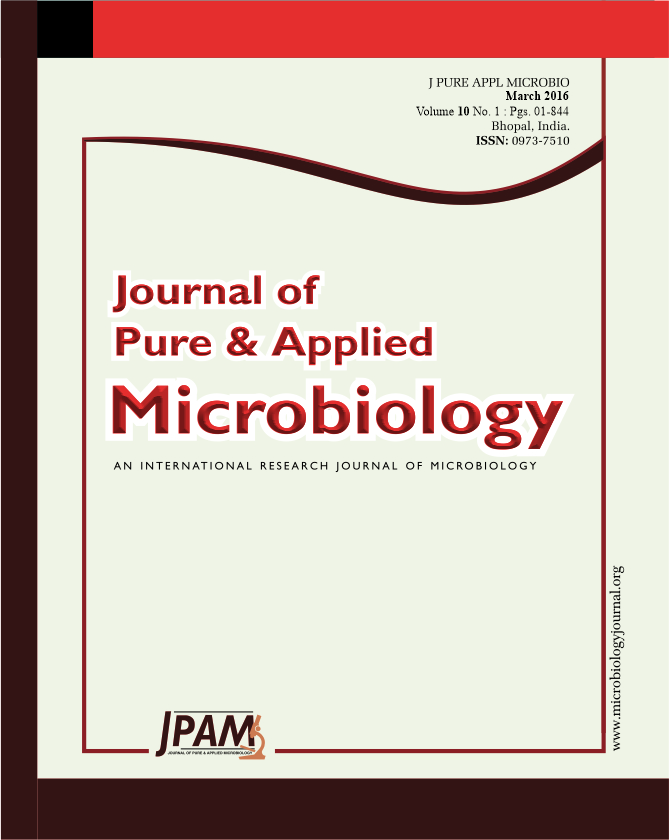Bacterial leaf blight is the one of the major diseases of rice caused by Xanthomonas oryzae pv. oryzae thought the world. The yield loss due to bacterial leaf blight disease occurs up to 20-50%. This disease can be most effectively and economically controlled by using bacterial leaf blight resistant pyramided lines. The present investigation was carried out to study the molecular characterization of 30 rice genotypes for BLB resistance using 29 RAPD (Randomly amplified polymorphic DNA) markers. The analysis of 29 RAPD primers generated total 5118 scorable bands with 308 loci, among them 273 loci were found polymorphic, showing 86.68% polymorphism. The PIC values ranged from 0.72 (OPC 11) to 0.94 (OPP-06) with an average of 0.86. Some primers such as, OPA 05, OPA 09, OPA 12, OPAB 09, OPAE 03, OPB 17, OPH 04, OPP 03, OPP 17 and ES 19 showed 100% polymorphism, the size of amplified fragments varies from 95 bp (OPP 01) to 5713 bp (OPP 06). The range of Jaccard’s similarity coefficient value was from 0.35 (between IET 20667 and IET 21067) to 0.82 (between IET 20667 and IET 20669). Overall results suggested the genetic diversity between some of the pyramided lines with their respective recurrent parents and it would be useful for successful genetic diversity analysis.
Rice, Bacterial Leaf Blight (BLB), Near Isogenic Lines (NILs), Disease resistance genes, RAPD (Randomly Amplified Polymorphic DNA).
© The Author(s) 2016. Open Access. This article is distributed under the terms of the Creative Commons Attribution 4.0 International License which permits unrestricted use, sharing, distribution, and reproduction in any medium, provided you give appropriate credit to the original author(s) and the source, provide a link to the Creative Commons license, and indicate if changes were made.


